In an age where customers expect customisation due to their unique needs, why would you not apply this to your education requirements? In a management context, no two companies are the same nor are any two individuals, or any two industries. Yet some organisations are used to rolling out the same old programmes as all their competitors, year after year, to educate their future managers. This week's newsletter looks at why organisations need to rethink their approach to customised education.
Before Crick and Watson discovered DNA, the world was convinced that we are all exactly the same. It turns out that because there are so many combinations of genetics we are all literally unique. Moreover, even if you have exactly the same DNA as another person, you would still have a different life experience to every other person on the planet. Management was borne out of the idea that processes are controllable and that they lead to quantifiable and predictable outcomes. The one element that needs to be predictable for management to work is the contribution or output of the individual.
The theory behind this is quite basic - you set a goal, and the individual is expected to perform to this goal. If the progress towards the goal is over or under the target levels, you will coach, support and otherwise inspire the individual to achieve the goal or find an alternative way to achieve the same goal.
Some organisations realise that achieving these ever growing goals is highly influenced by the level of support and training given to an individual. Training and development is a proven way to increase performance. An increasing number of studies show that management attention, training and development and clear direction (either inspired by goal- or value-based systems) form the basis for effective organisational performance. In turn, individual performance is driven by value and goal congruence, competence, and intrinsic and extrinsic reward systems.
It is therefore natural that all organisations pay attention to how they develop their staff. Organisations will typically establish supervisory, middle, senior and executive development programmes designed to achieve these staff development objectives.
Companies increasingly realise that employees are not 'one size fits all', and if they are, maybe they should not be. Emerging trends focus more on innovation, creativity and effective risk-taking in a progressively regulated environment. It is clear that the standard development agenda is not producing tomorrow's leaders. Companies are questioning traditional approaches to the leadership development approaches they have been following. While there is a discernable return on investment in all training, this return is not always what was expected.
In tougher economic conditions with increasing pressures to deliver more with less, there is a resurgence of the need to find the best people. The best people are those who will drive innovation in the organisation and deliver exponentially more by employing new and innovative approaches to business challenges.
At the height of the business process revolution we all believed that our organisation would thrive if we could just get one more of 'those' people. The whole idea that one more person doing exactly what others do seemed to be the best way to develop organisations. Some people are more suited to deliver a particular flavour of results, innovation or development in a business and it is the organisation's task to employ people in a specific direction and make the business work around them. Management is also not premised on the fact that some people have information while others do not. Education must be made accessible within an organisation and the advantage of technology must be used as far as possible.
The very notion that organisations need to be built around individuals seems heretical and may cause the average staid executive a heart attack. It cannot, however, be denied that certain organisations have done this and achieved great results. If Steve Jobs just ignored the talents of Sir Jony Ive, and had the attitude that "we can get another one of these people anywhere in the world", it could arguably be said that we would not be using tablets and that Apple would not have a market capitalisation of $400 bn. However, the process required a lot of interaction and collaboration. Correspondingly, ways had to be found to support the development and genius of one person to make it work.
How to build the performance of an organisation
While it may be interesting to look at the potential of supporting an individual, we also have to look at how we build the overall organisation's performance.
Management development has often been regarded as a short course in how to dismiss and performance manage people, together with some training on how to report to your line manager. These things typically get done in a rush on a Wednesday afternoon because management cannot be taken away from managing staff. The management development programme is also considered to be the passport to advancement. In some organisations it is an elitist badge worn by the few who are soon going to be 'higher-up'. Very few management development programmes actually look at holistically supporting the manager because they are still supporting functional skills such as HR, finance, project management and quality management. Examples of holistic support include making complex decisions, supporting and nurturing staff, inspiring vision and creativity, building the organisation, and dealing with practical issues of organisational development.
Some executive development programmes are even more limited. In such cases managers are expected to have acquired skills through years of experience or through expensive international learning programmes from perceived top institutes. The challenge is that managers may have learnt how to manage organisations more effectively, but not necessarily in their industry. They may also not be using techniques relevant to this market, or techniques that encapsulate learning from this particular business model.
Approaches to executive education
Executive education should support the organisation's strategy. In an ideal world, executive education should be a continuous learning system that supports the organisation to achieve its strategic objectives through enabling adequate top performing managers to achieve a competitive advantage.
A popular approach is the leadership pipeline or 'building block' approach to executive development. The basic idea is that an employee acquires a pyramid of skills: initially as a junior manager, then as a middle manager, and then as a senior manager. These skills are systematically delivered and high potentials are moved to the next level.
Another method is the 'strategy focused' approach, which designs a new programme around the most critical issue or issues that the company is faced with within a current period (usually a year). This new programme is then rolled out widely to achieve specific objectives - possibly at different levels within an organisation.
One more approach is where courses are developed and centralised for easy deployment and people take it on themselves to consume the material. Consequently, the right 'tracks' activate further development opportunities. Companies that take it seriously, establish subcommittees of their board to drive executive education. Everyone agrees that top management must use education as a mechanism to communicate to the organisation.
Executive education best practice
Organisations are gradually shifting their approach towards staff development to enhance the bottom line. Best practice currently indicates that management development is achieved through:
Regular staff development through structured programmes, customised to the specific operating environment of the organisation;
Regular review of customised programmes to ensure that they align to current organisational goals - as far as possible by senior management within the organisation;
Designing various levels of articulation and progression from one level in the organisation to the next, using training as a means to support this;
Capturing practical approaches to real world problems in training to aid members in the organisation to deal with practical approaches;
Capturing training feedback as a strategic input into the organisation;
Integrating training, learning and new ideas into daily operational activities;
Having flexible frameworks that cover the required curriculum while also considering individual or group needs that are below standard;
Supporting training through repeatable simulations, coaching and executive mentorship approaches;
Sourcing and documenting internal case studies that teach operating methods and codify internal learning;
Making executive and management development programmes available to all staff as far as possible; and
Being able to link these, where relevant, to people achieving actual qualifications.
Regenesys is very active in this type of education: organisations are constantly requesting executive education and custom programmes to achieve specific organisational objectives. This, together with effective monitoring and evaluation, forms the basis for strong partnerships between the business school and organisations that strive for excellence through training and development.
Conclusion
Executive and management development is a critical dimension for the modern organisation to achieve top performance in a demanding marketplace. Just as every organisation is unique, so is every individual. Many organisations are suffering from staid approaches to training and development. This limits people and the organisation to achieve their full potential. As a result, new approaches are necessary. The strategic objectives of the organisation and how this supports inspiration, innovation and new learning approaches must be considered. These approaches enhance individual and group performance in a two-way organisational conversation.
- Regenesys
 David Coltart takes on the Church of England
David Coltart takes on the Church of England  South Africa ripe for a coup
South Africa ripe for a coup  India dumps US Treasury bills
India dumps US Treasury bills  Zimbabwe's dollar stock exchange surges 45%
Zimbabwe's dollar stock exchange surges 45%  Gold edges up as traders await guidance
Gold edges up as traders await guidance  fastjet introduces Bulawayo-Victoria Falls flights
fastjet introduces Bulawayo-Victoria Falls flights  Young Investment Professional (YIP) Graduate Programme 2019
Young Investment Professional (YIP) Graduate Programme 2019 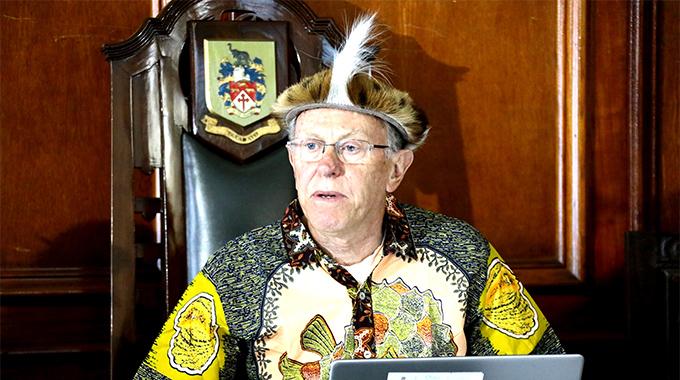
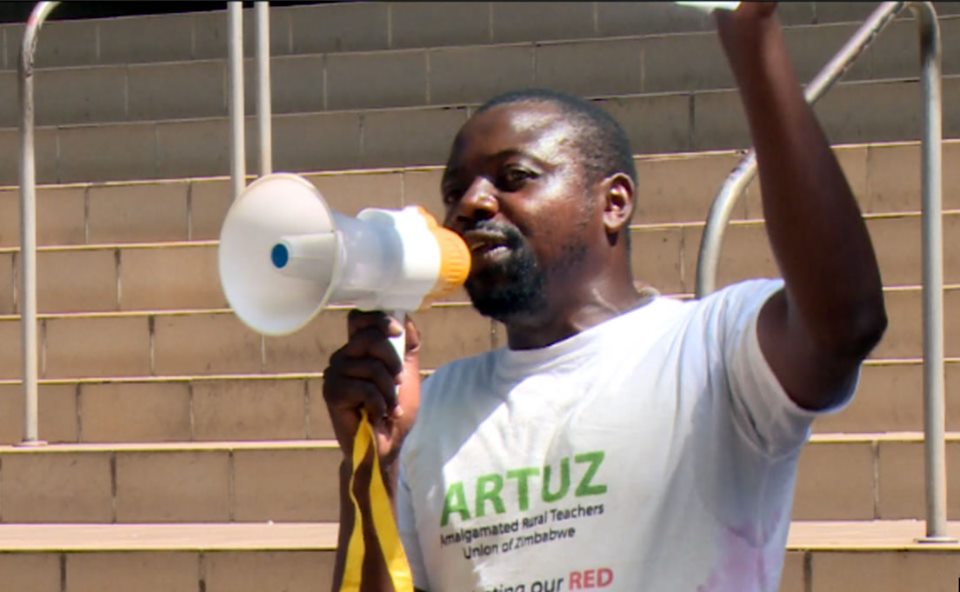



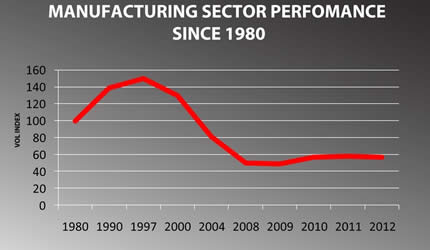



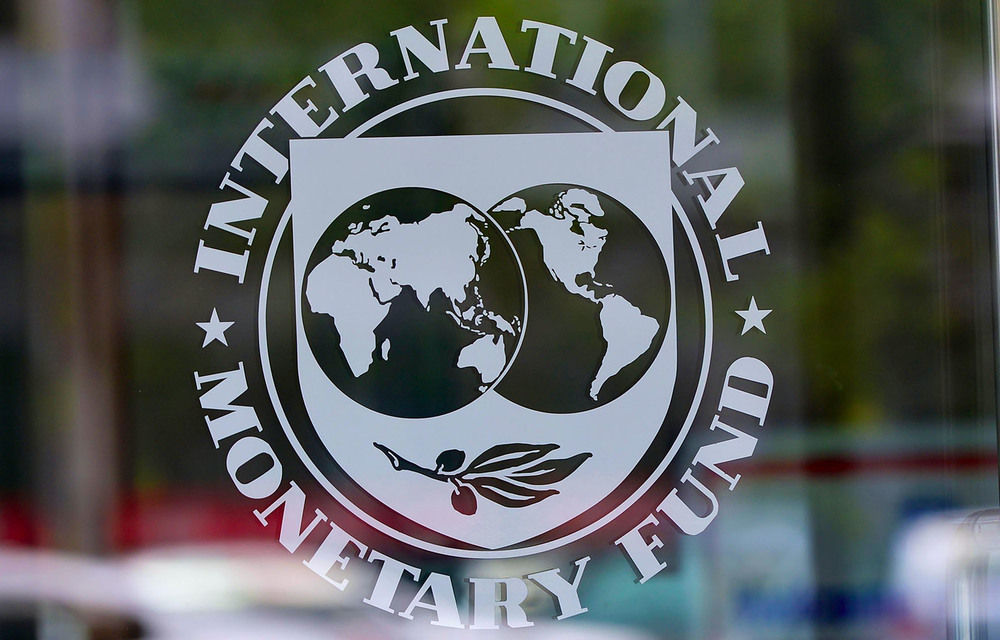

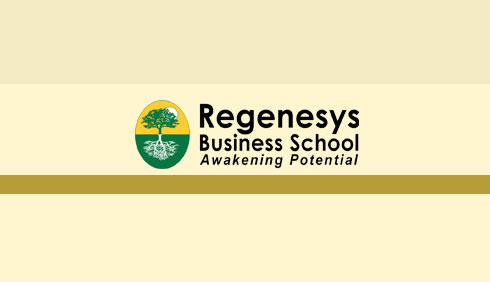
 Young Investment Professional (YIP) Graduate Programme 2019
Young Investment Professional (YIP) Graduate Programme 2019
Editor's Pick